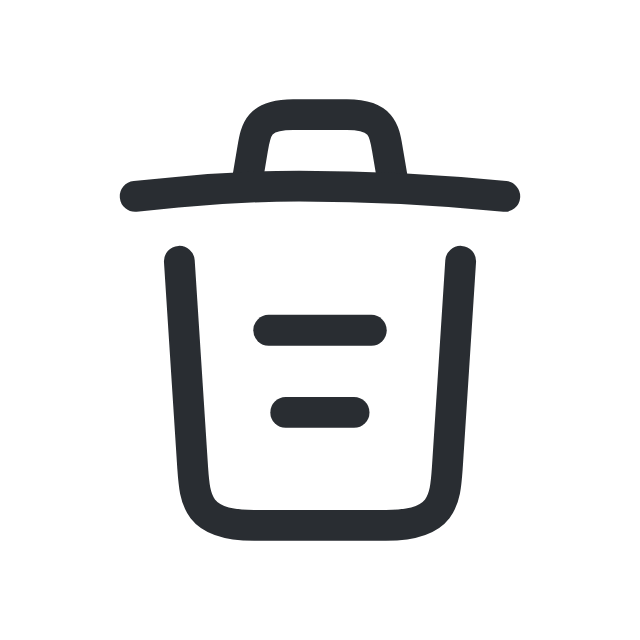Eligible Distance Learner Status
Students enrolled in online or telecommunications courses are eligible for most types of financial aid.
However, to be eligible for some forms of federal financial aid, a student enrolled in correspondence courses must:
- attend an institution where at least half the students enroll in on-campus courses. A limited number of schools are exempt from this.
- attend a program that offers at least one day of instruction each week.
- be a U.S. citizen, U.S. national, or an eligible non-citizen.
Students also may be eligible for a loan from the Minnesota Student Educational Loan Fund (SELF) Program.
Undergraduate Minnesota residents may qualify for assistance from the Minnesota State Grant Program if the institution is physically located in Minnesota and participates in the program. The method of educational delivery is not considered when determining eligibility for or the amount of the state grant. If enrolled in an exclusively online program, the program must be offered through the Minnesota location. In other words, the student's registration and credential granted must be from the Minnesota school. The Minnesota State Grant may not be used at out-of-state schools.
To learn more about your financial aid eligibility as a distance learner, talk with a financial aid administrator at the institution you are considering or check if the school has administrative and support services available online. Most aid, regardless of the original source, is dispersed through the school's aid administrator.
Also remember to ask questions that help you identify program and technical requirements as well as the academic and technical support available.
Quick Links
- Why College?
- Explore Your Interests & Careers
- Prepare at School
- Summer Academic Enrichment Program
- Earn College Credit in High School
- Recommended High School Classes & Graduation Requirements
- Advice for Students with Disabilities
- Succeed as an Adult Student
- Useful College Prep Resources
- Minnesota Goes to College!
- Get Ready Program Overview
- College Planning Presentation Information
- College Navigator Presentation Request Form
- Minnesota Indian Scholarship Program Outreach
- Competitive Grant Programs
- Dual Training Grant
- Public Engagement Calls
- "Life After Now" Podcast
- Certified Nursing Assistant Training
- Direct Admissions Minnesota
- Collecting Data from Minnesota Postsecondary Institutions
- Campus Financial Aid Administrator Resources
- Statewide Financial Aid Conference
- Campus Student Enrollment Reporting Resources
- Ordering Materials for Your Students
- Supplementing Your College Counseling
- Early Awareness Efforts
- Student Homelessness in Higher Education Resources
- Shared Library Resources
- MN FAFSA Tracker
- Campus Sexual Violence Prevention and Response
- Statewide FAFSA Filing Goal
- Financial Aid Estimator
- Online Applications
- About Financial Aid
- What Does College Cost?
- Tips for Lowering the Cost of Higher Education
- Institutional Payments
- Financial Aid You Don't Repay
- Financial Aid You Must Repay (Student Loans)
- Financial Aid You Earn
- Military Service Education Benefits
- Reduced Out-of-State Tuition Options
- Education Tax Benefits
- New Video Demystifies Paying for College
- Public Service Loan Forgiveness
- Useful Online Resources
- Ready, Set, FAFSA!
- Data Maps and Infographics
- Educational Attainment Goal 2025
- Minnesota Measures
- Minnesota P-20 Statewide Longitudinal Education Data System
- College Readiness & Participation Data
- Student Enrollment Data
- Degrees, Graduation Rates, Attainment & Outcomes
- Financial Aid Data & Trends
- Tuition & Fees Data
- Student Health and Safety
- Institution and Data Search
- Transfer Students
- Research Reports
- A-Z Data Table Index




